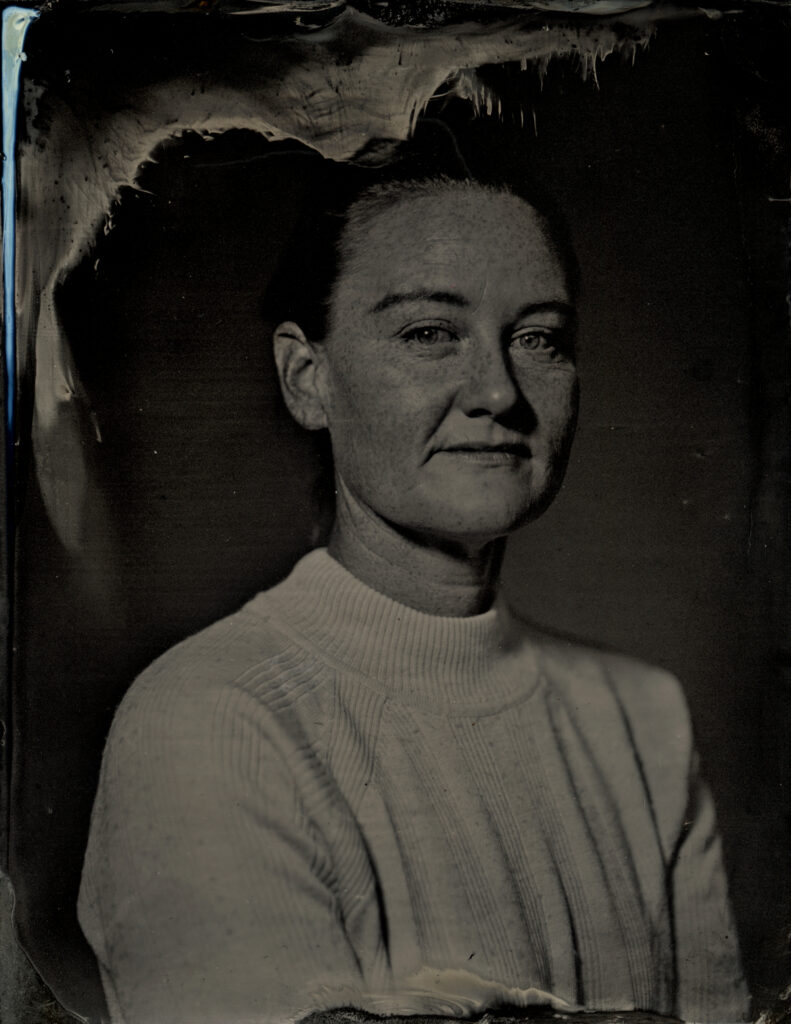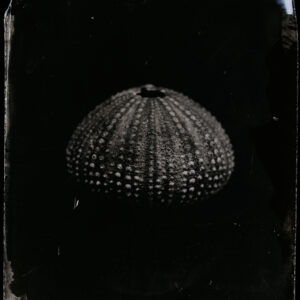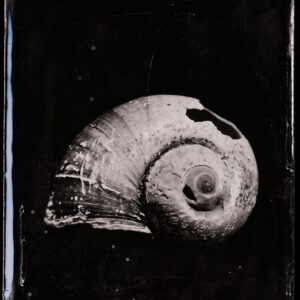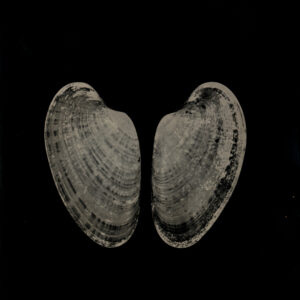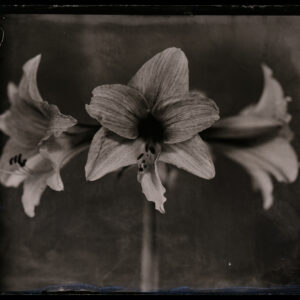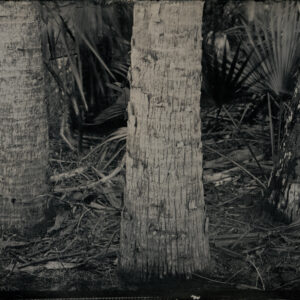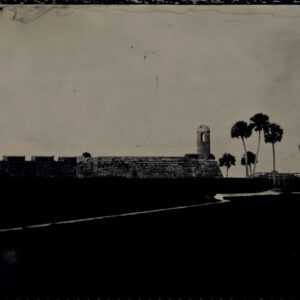Historic, Handmade Wet Plate Photography
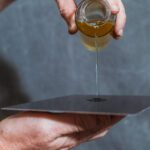
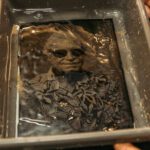
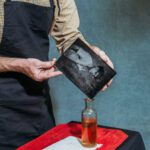
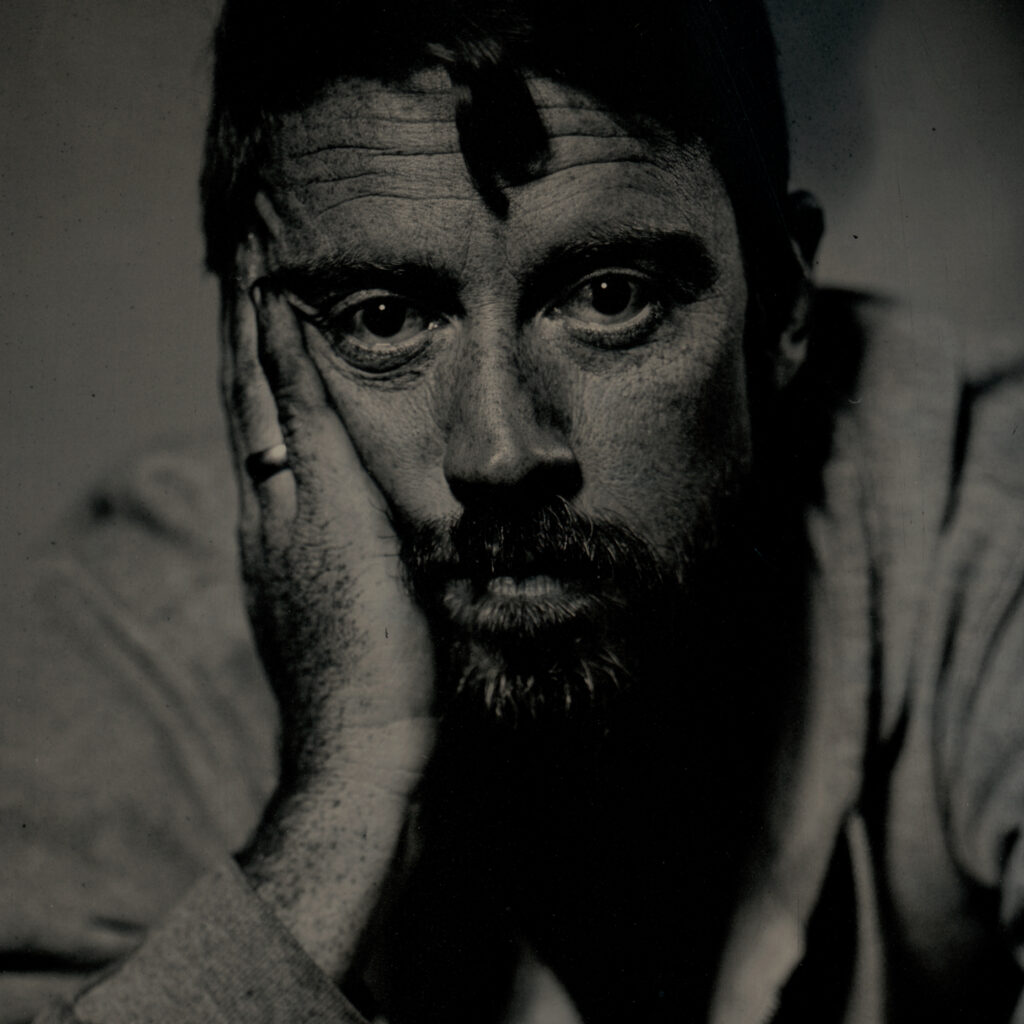
Book a Mini-Session
Sign up for a hand-poured photograph, available in 5×7 or 4×5, made using the historic wet plate collodion process in this shortened 40-minute appointment.
5 x 7 = $80
4 x 5 = $70
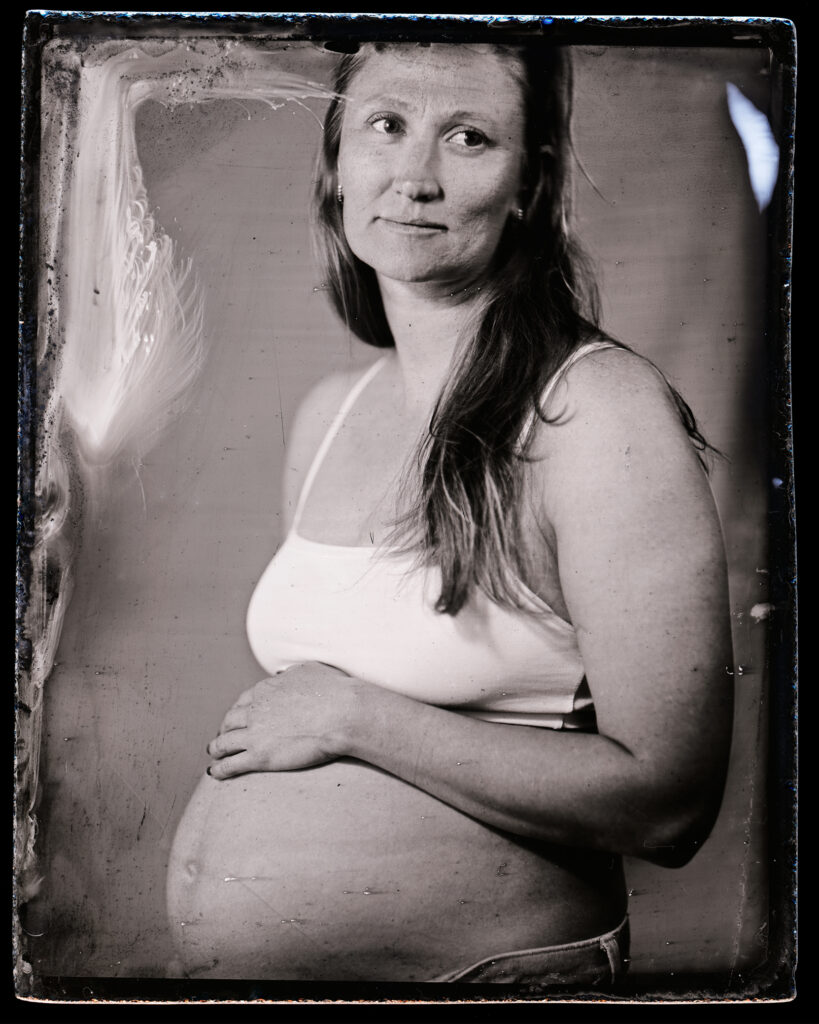
Book a Session Package
Sign up for a private appointment with time to allow for multiple tintypes with varied lighting and composition options, made using the historic wet plate collodion process. Choose from a range of plate sizes, from 4×5 to 8×10. Ambrotypes (made on glass) are also an option in these longer sessions. Appointments available for 90 minutes and up.

Studio Located at:
214 San Marco Ave.
Suite 2
St. Augustine, FL 32084
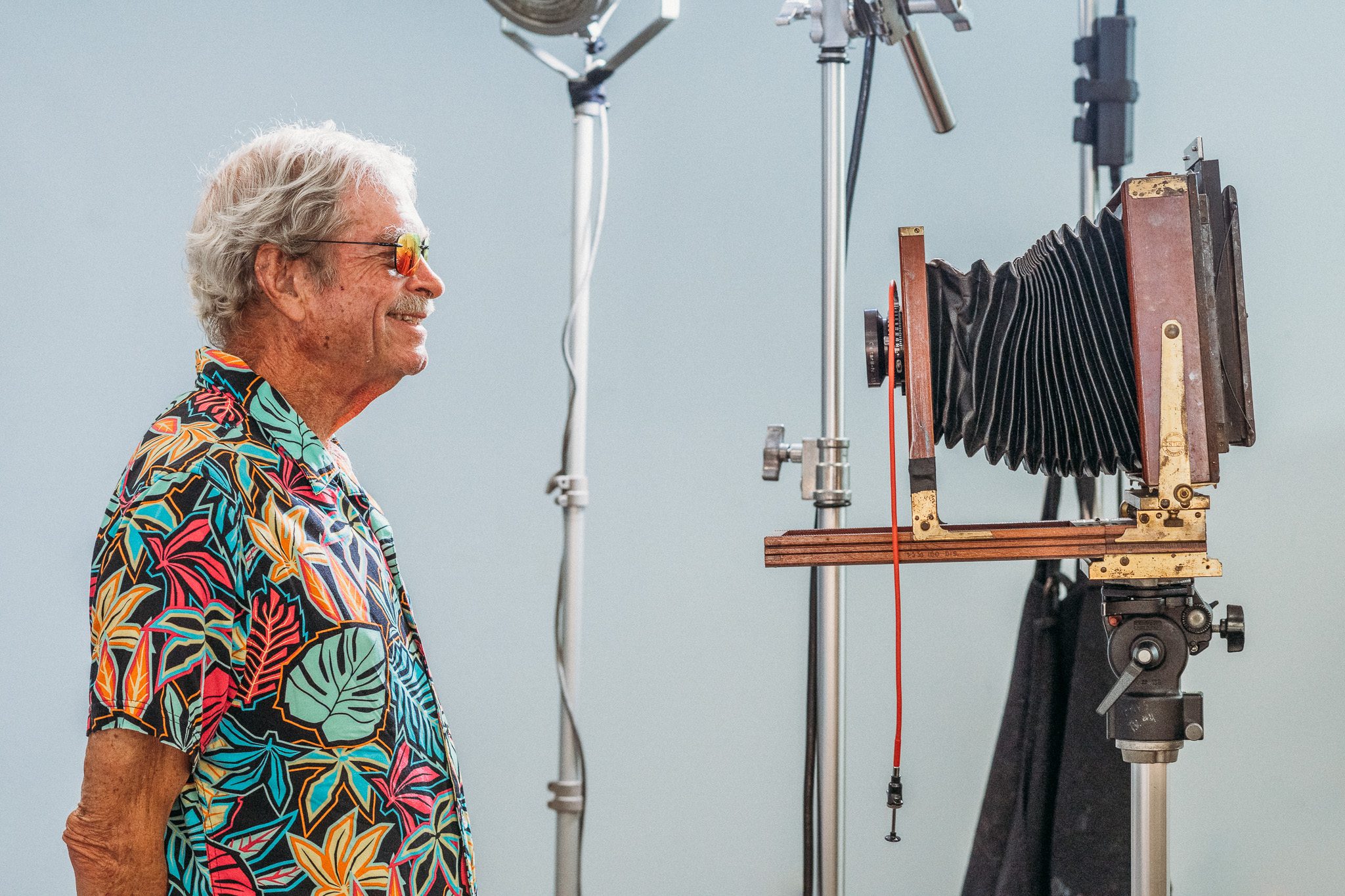
What’s up with my pricing?
Looking around, you may notice that my rates are lower than you’ll find from other studios. Here’s the thing: Tintypes were The first time in history where capturing a person’s likeness was affordable for the average family. That’s a big deal to me. I respect that and do my best to honor that legacy with my appointments. You’ll still walk away with a high-quality, no-corners-cut, professional tintype that will last. And, you’ll help make it in the same spirit as those who came before.
2025 Portraits:
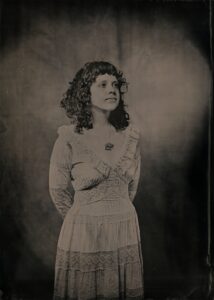


Session Packages:
5×7 Session ($240)
includes three 5″ x 7″ tintype photographs, and digital scans of all images. Finished Individuals, couples, friends and small families all welcome parties. plates available for return pickup or shipped.
4×5 Session ($210)
includes three 4″ x 5″ tintype photographs and digital scans of all images. Individuals, couples, friends and small families all welcome parties. Finished plates available for return pickup or shipped.
8×10 Session ($275)
includes one 8″ x 10″ tintype photograph and two 5″ x 7″ tintype photographs, as well as digital scans of all images. Finished plates available for return pickup or shipped.
Little Ones Session ($220)
For the little ones, a newborn and infant session with continuous light or minimal strobe light use. includes two 4″ x 5″ tintype photographs, one 5″ x 7″ tintype photograph, and digital scans of all images. Finished plates available for return pickup or shipped.
Three Hour Session ($470)
includes three 5″ x 7″ tintype photographs, and Two 8″ x 10″ tintype photograph, as well as digital scans of all images. Allows time for wardrobe changes and multiple posing and lighting options. Finished plates available for return pickup or shipped.
- Happy Holidays!Happy Holidays, my friends! Thank you for a wonderful year!
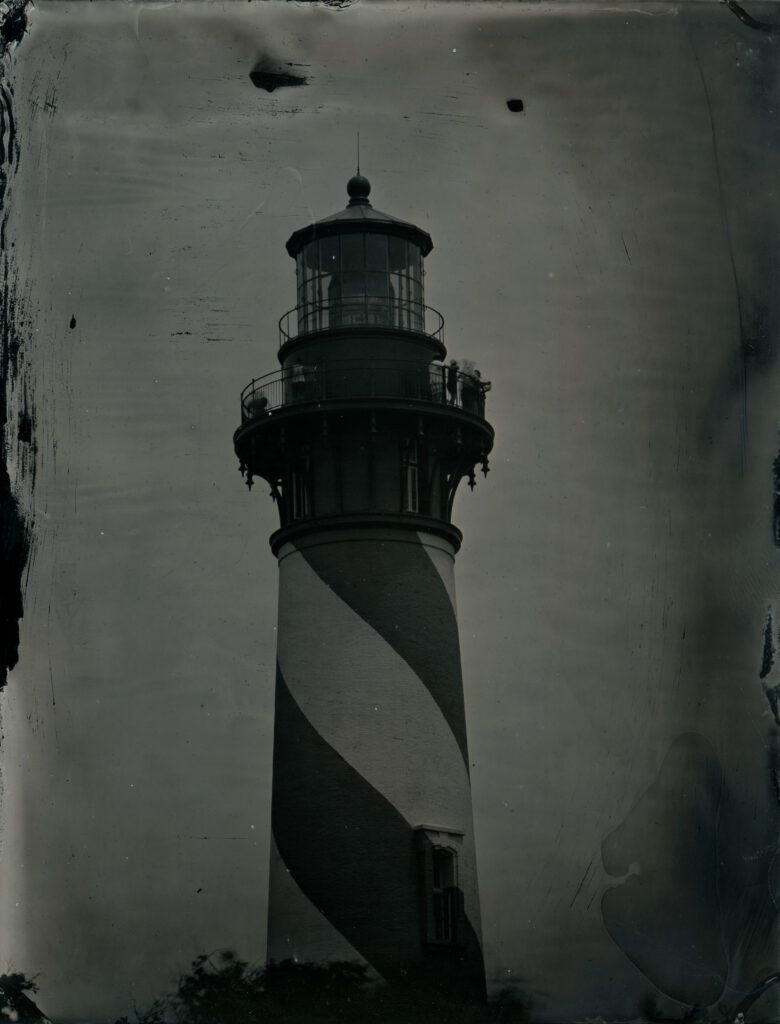
The Process
Tintypes are One of the earliest forms of photography.
Using inexpensive and durable materials, tintypes were affordable and accessible, allowing many people to be photographed for the first time.
In the late 19th century, the tintype process known as Wet plate photography was practiced widely for more than 30 years. In time, new and more convenient techniques like dry plates and commercially manufactured films led to Mass Abandonment of this process. It is thanks to a small number of people who carried wet plate photography forward that it is still practiced today.
Tintypes use collodion with organic salts, and silver nitrate. Molecular silver bonds with the organic salts to suspend light-sensitive silver salts atop the metal. Light creates exposed silver halides within the collodion. The image captured is a direct positive, as though one were looking in a mirror. It is the only one of its kind.
Wet plate collodion is unique from modern photographs in many ways. It is sensitive to UV light, causing blues and violets to appear bright. Skin tones and eye color often appear different from contemporary digital and film photos. Once varnished, the tintype has been known to last more than 100 years. It is one of the most archival methods of photography that exists today, and because of that, tintypes are held onto and often become a precious Object.
The experience of making a tintype is a dance of chemistry and light that captures a magical, authentic moment I hope you will treasure forever.


